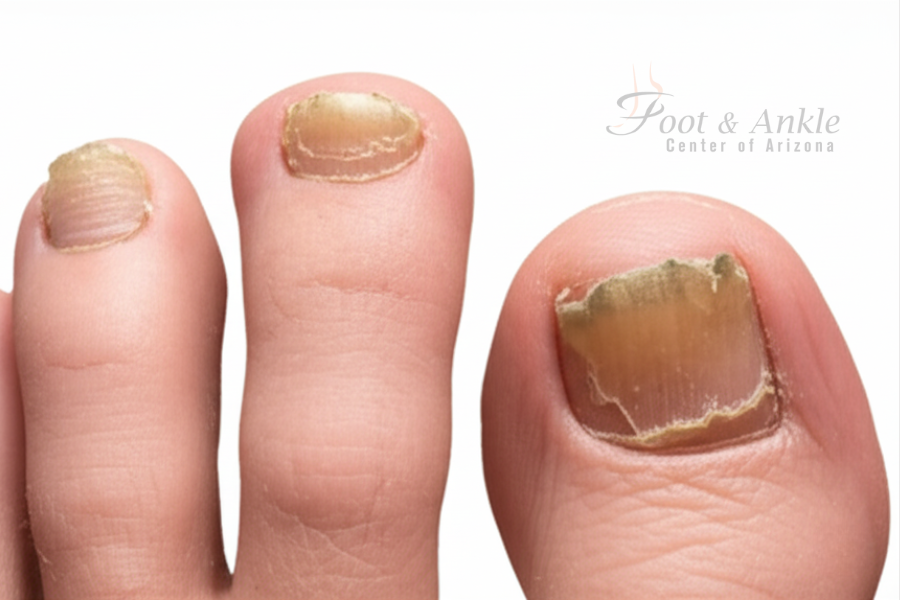What Are Black Toenails?
A black toenail appears when the nail develops a dark discoloration, often black, purple, or brownish in color. In many cases, this is linked to trauma or injury to the nail, but other medical causes are possible as well. Depending on the underlying reason, the entire nail or just part of it may be affected. If the discoloration is widespread and painful, medical care may be needed to relieve discomfort and rule out serious conditions.
Common Causes of Black Toenails
1. Toenail Trauma
The most frequent cause of black toenails is trauma. Something as simple as dropping an object on the toe or stubbing it can damage the nail. This leads to bleeding under the nail, creating a clot and causing dark discoloration.
2. Runner’s Toe
When black toenails affect the second or third toenails, the condition is often called runner’s toe. This typically occurs in athletes or runners due to:
- Toenails that are slightly too long
- Shoes that are too big, causing the foot to slide forward (especially downhill)
- Shoes that are too tight, pinching or jamming the nail
These repetitive impacts cause bleeding beneath the nail plate, leading to a blackened appearance.
3. Malignant Melanoma
Though less common, malignant melanoma can also present as a black toenail. This is a serious condition that requires prompt medical evaluation. Early detection of melanoma is crucial, as timely treatment greatly improves outcomes. Anyone noticing unusual or persistent nail discoloration should consult a foot and ankle specialist to rule out this possibility.
4. Other Causes
Black toenails can also be linked to:
- Fungal infections
- Chronic ingrown toenails
- Underlying systemic health problems affecting circulation or overall health
When to Seek Medical Help
Not every black toenail is a cause for alarm, but certain signs require professional care:
- Severe pain or swelling
- Rapid spreading of discoloration
- Persistent dark spots that do not improve
- Concerns about melanoma
If you notice any of these, visiting a podiatrist or foot and ankle surgeon is the best course of action.
Most black toenails develop from simple injuries or poorly fitting shoes, especially in active individuals. However, because serious conditions like melanoma can sometimes cause similar symptoms, it’s important not to ignore nail discoloration. Proper evaluation ensures peace of mind and timely treatment if needed.




